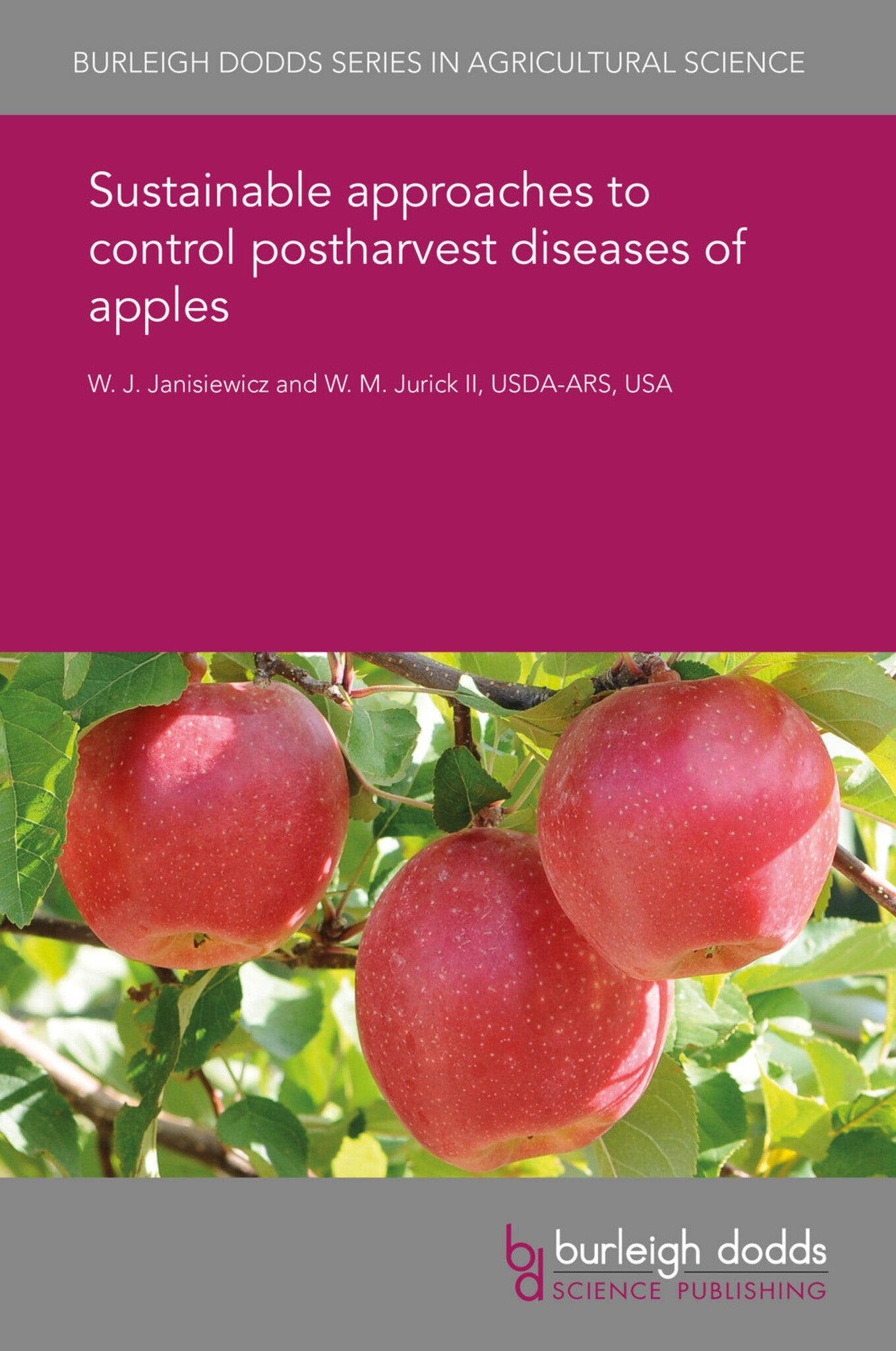We're sorry. An error has occurred
Please cancel or retry.
Sustainable approaches to control postharvest diseases of apples

Some error occured while loading the Quick View. Please close the Quick View and try reloading the page.
Couldn't load pickup availability
- Format:
-
10 May 2017


TECHNOLOGY & ENGINEERING / Agriculture / Sustainable Agriculture, Commercial horticulture, TECHNOLOGY & ENGINEERING / Agriculture / Agronomy / Crop Science, TECHNOLOGY & ENGINEERING / Pest Control, Sustainable agriculture, Agronomy and crop production, Pest control / plant diseases

1 Introduction 2 Natural plant-derived products 3 GRAS substances and sanitizers 4 Heat treatment 5 Controlled atmosphere 6 Irradiation with UV-C 7 Natural sources of resistance 8 Biological control 9 Integrated control 10 Future trends and conclusions 11 Where to look for further information 12 References



